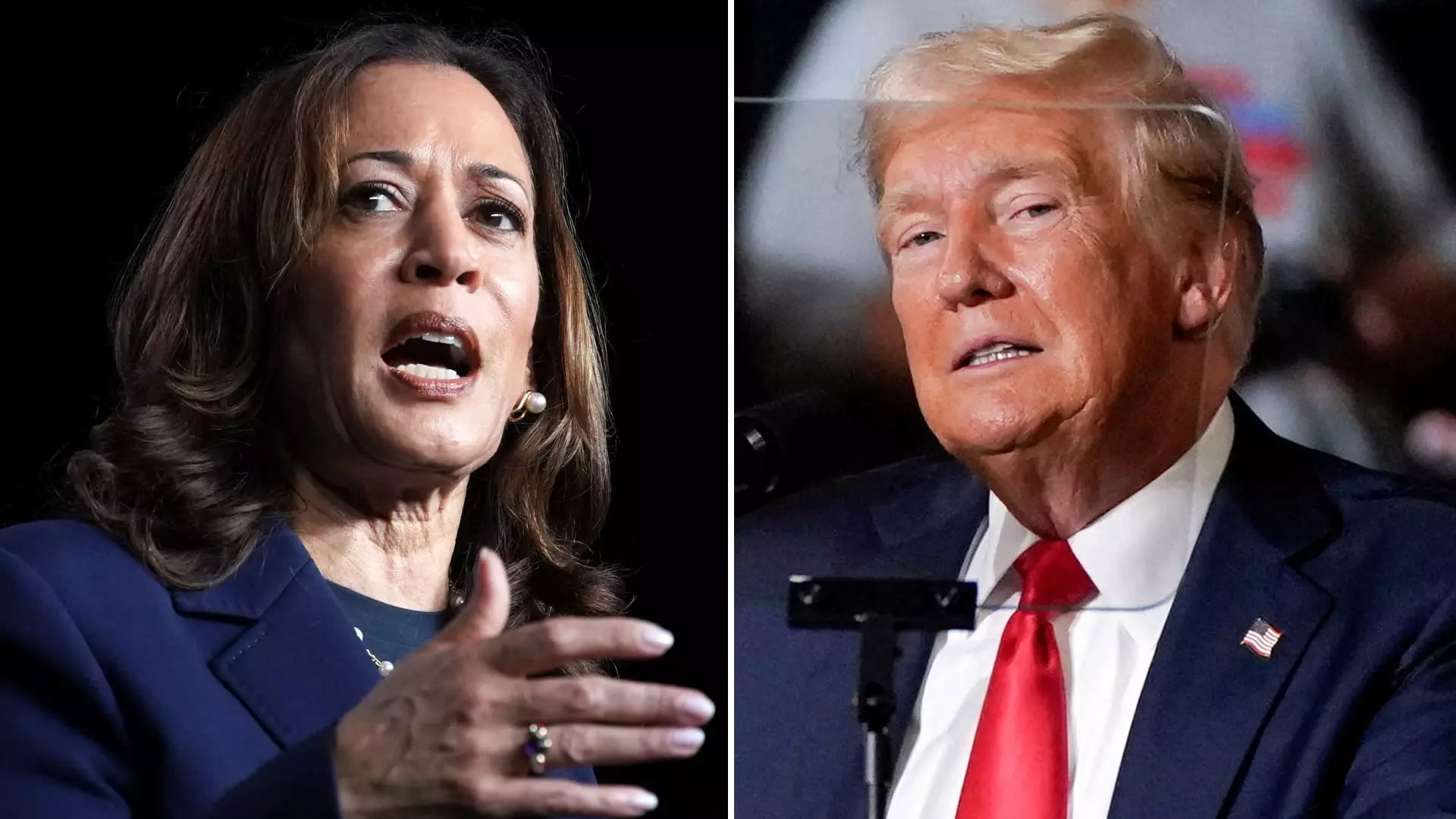In the world of finance, the conversation often gravitates towards trending sectors like artificial intelligence (AI), yet it is essential to recognize the compelling case for traditional assets, especially gold. Jan van Eck, CEO of VanEck, advocates for gold as a strategic hedge against political volatility. As market uncertainties loom, gold has demonstrated remarkable resilience, boasting a 28% increase since the start of the year and setting a record on 37 occasions. Such performance positions gold as a leading asset class, often overshadowed by the dramatic narratives surrounding tech stocks.
Van Eck’s enthusiasm for gold stems from its historical role as a safe haven for investors, particularly during periods of economic unrest. The current political climate has prompted a reevaluation of this age-old investment, which is attracting renewed interest from foreign investors. This external demand is likely to bolster not just the physical asset but also gold mining companies, known for their volatility but also for their substantial upside when gold prices soar. For instance, the VanEck Gold Miners ETF has shown a 31% increase this year, highlighting the potential for significant returns within this category.
The Relationship Between Gold and Political Cycles
Gold’s generic perception may overlook its dynamic nature, especially as a hedge during political cycles. With elections and geopolitical tensions influencing market stability, investors are beginning to recognize that gold provides a counterbalance to stock market fluctuations. Van Eck emphasizes owning both gold and mining stocks, suggesting that if mining stocks catch up with gold prices, the profits could be substantial. This dual strategy may mitigate risks while capitalizing on bullish trends in gold.
Conversely, the AI sector has garnered remarkable attention and investment influx, with many viewing it as the core of modern portfolio diversification. Yet, Van Eck’s observations about investors’ unwavering faith in AI investments raise an essential concern. It seems that despite market corrections, investors are still flocking to semiconductors, dismissing the underlying risks associated with overvaluation and market saturation. The recent launch of the VanEck Fabless Semiconductor ETF illustrates this trend, as it highlights leading companies like Nvidia and AMD.
While AI holds phenomenal potential for the future, an overreliance on technology shares may lead investors astray. Market speculation can create bubbles that, when burst, leave portfolios vulnerable. Van Eck’s remark about the inefficiency of investing billions in chip production if not necessary points to the evolving landscape of chip manufacturing and design, signaling that not every innovation is guaranteed to yield growth.
In an ever-changing financial landscape, investors should maintain a balanced portfolio inclusive of both traditional and modern asset classes. Gold offers a stable alternative that can withstand political and economic uncertainties, serving as a cornerstone of financial security. In contrast, investments in AI and technology should be approached with caution, remaining mindful of the volatility and risks entailed.
Ultimately, Jan van Eck’s insights prompt a critical evaluation of investment strategies that prioritize resilience in the face of uncertainty. By diversifying across various asset categories—where gold shines as a classic safe haven, and tech represents innovation—investors can build a robust and adaptable portfolio equipped for challenges and opportunities alike in this dynamic market.

